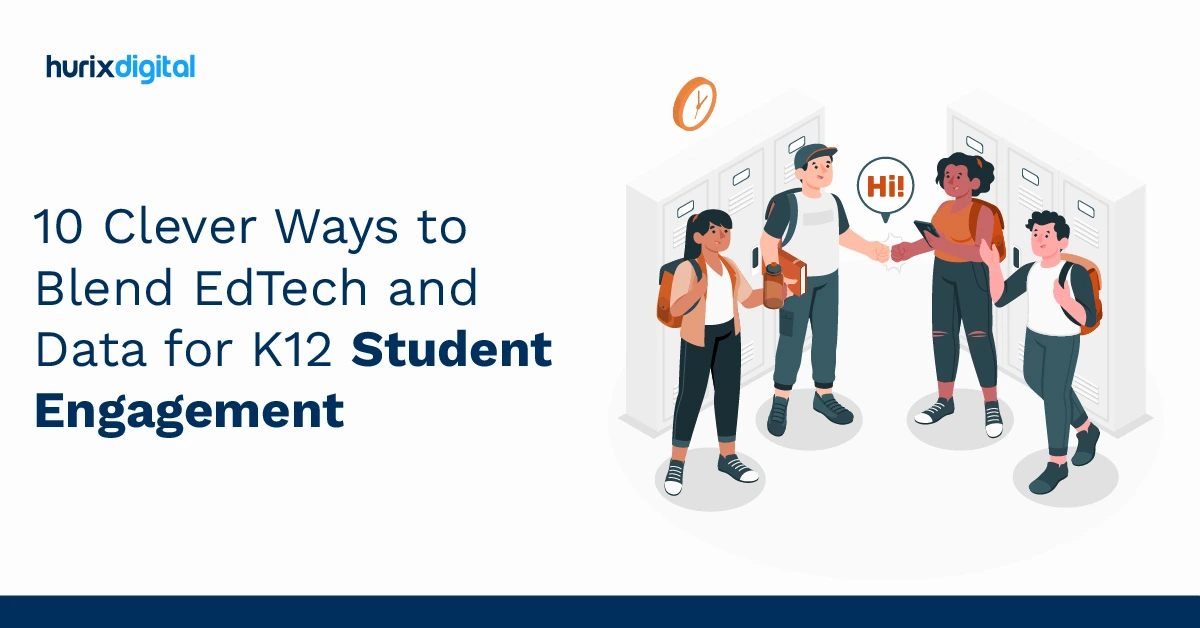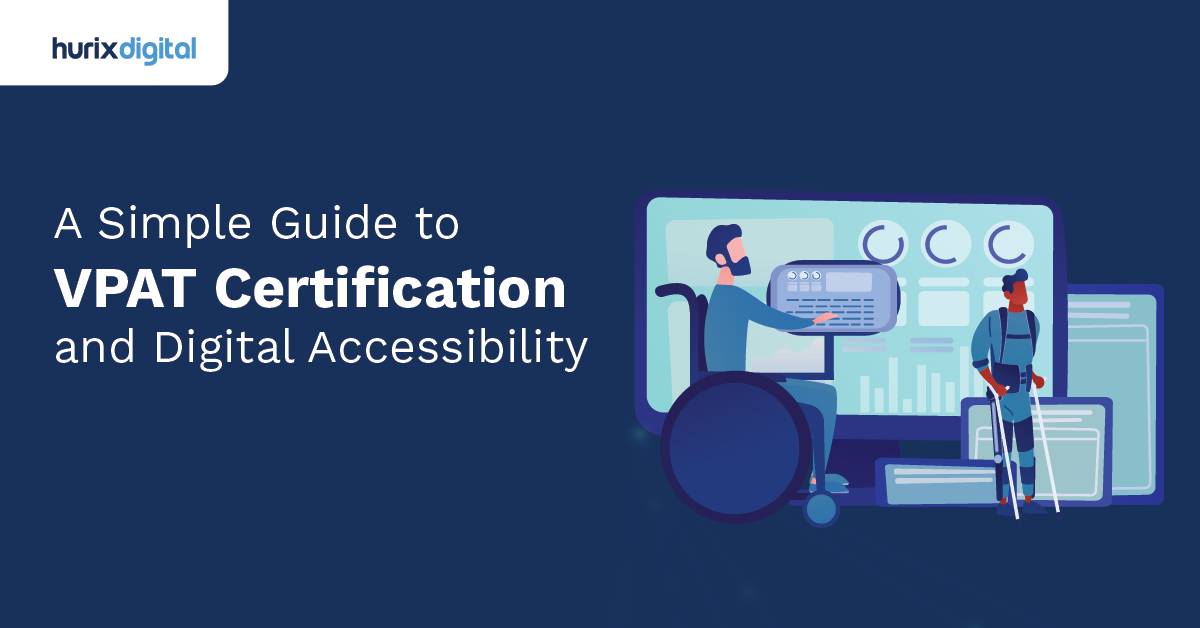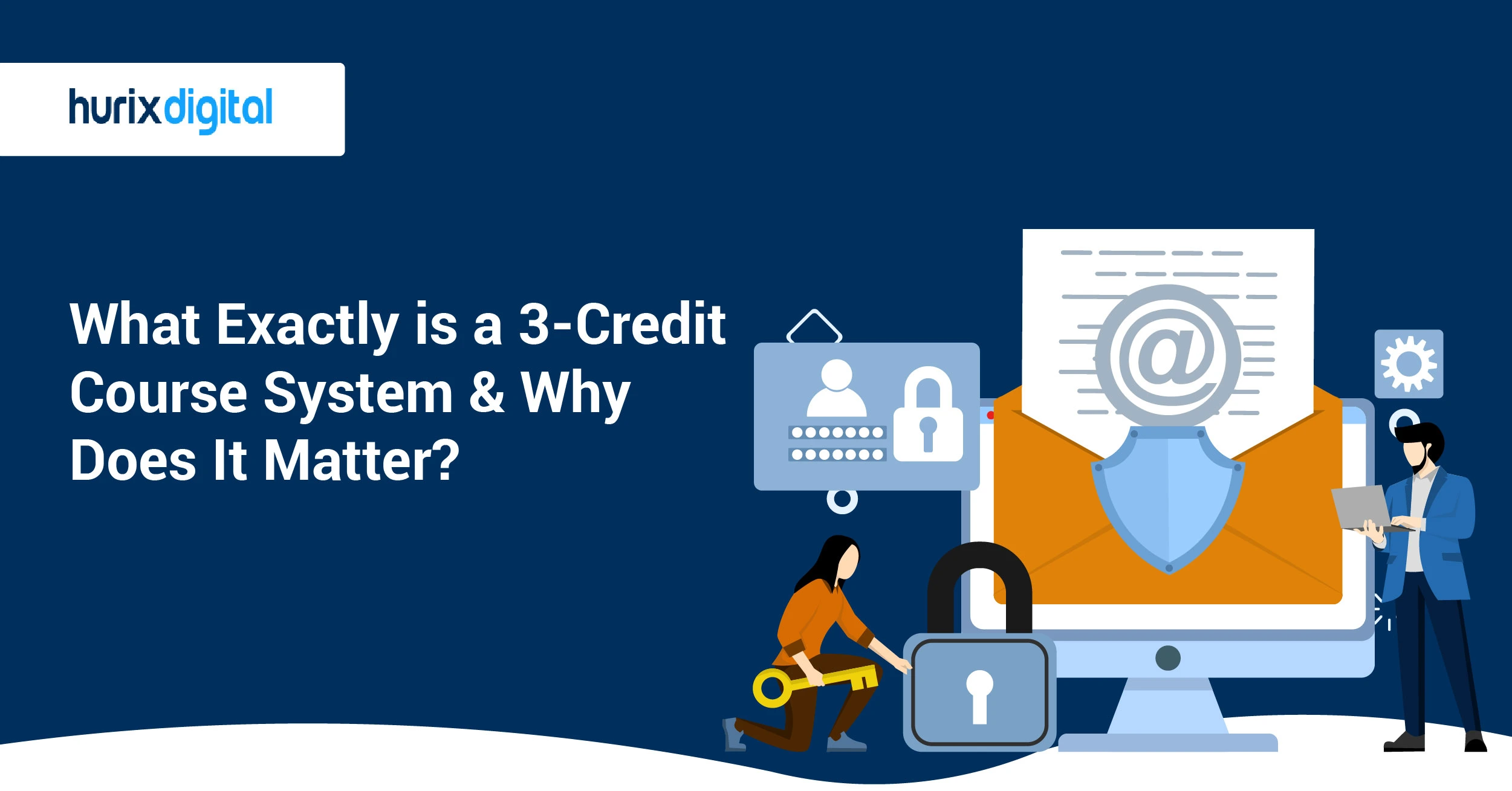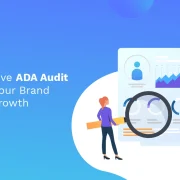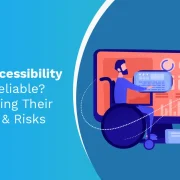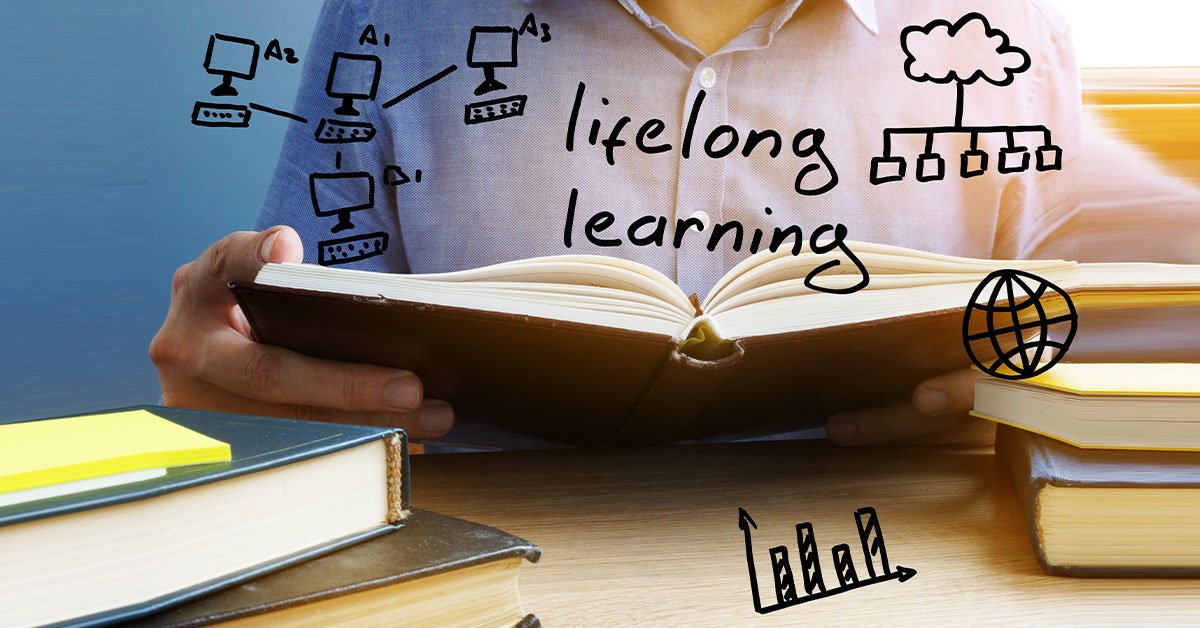
How to Promote a Culture of Lifelong Learning in the Classroom
What is lifelong learning? We are living in the age of information overload where knowledge and skills are in a constant state of flux. Gone are the days when knowledge evolved at a very gradual pace, and schools and higher education institutions could teach the same courses and curriculum year after year. But now, learning can no longer be restricted to the classrooms, and educational institutions have to take up the role of enablers, inculcating in students the virtue of lifelong learning.
Simply put, lifelong learning happens outside the course curriculum, and sometimes, even outside a formal education institution. However, the institutions do have a crucial role to play in inculcating lifelong learning habits in their students, motivating and providing them with all the necessary resources to enable them to trace their own learning paths. Factors that support lifelong learning Online resources: Advances in technology have made it possible to access a wealth of information with just a few clicks of the mouse. No matter what your area of interest is, simply type in the keywords in the Google search bar and you will instantly be provided with millions of articles, blogs, presentations, infographics, free tutorials and a whole range of other resources with the information you are looking for.
The rise of social media: Social media sites such as Facebook, LinkedIn, and Twitter have ensured a more connected world. You can form or join groups and communities to share ideas, debate, seek answers and raise questions. As a student, if you are looking for an answer to a question, you are no longer dependent on your teacher, friends or the library. On social sites such as Quora, you can post your query and immediately elicit answers from experts across the world.
The rise of the smartphone: The easy availability of the internet and smartphones have revolutionized education. More and more people are now consuming their content on their mobiles while on the move. Students are no longer restricted to their schools, colleges and homes to seek information; rather, they can access content while commuting, between classes and during breaks. This 24×7 access to information has greatly incentivized and promoted lifelong learning in students. Benefits of lifelong learning for students Constantly updated with the latest information: As said above, information and technology are constantly evolving and so what was relevant a few years or even months ago, might undergo a major change over a short period of time. This necessitates students to constantly keep themselves updated and be market-ready as they prepare to enter the professional world.
Achieve greater control over their learning: Lifelong learning is a means for students to take greater control over their learning. With so much information, it is nearly impossible for educational institutions to keep students up to date. Therefore, students have to take the onus on their shoulders and define their own learning curves.
With online resources, it is easy for students to build on their knowledge. However, this in no way diminishes the role of the instructors and educators. Their role has evolved too, from being a source of knowledge to that of a guide, helping, enabling and supporting the students on their paths as they take control over their learning.
Prepare for the skills required by the job market: In today’s marketplace, the shelf life of skills is extremely small, implying that the workforce has to constantly upskill and reskill to be relevant in the market. While a conducive organizational culture allows employees to update their knowledge, it is the lifelong learning skills acquired in schools and colleges that hold them in good stead, preparing them to always be in control of their learning. Students who inculcate the habit of lifelong learning are more likely to be receptive to the constantly changing knowledge landscape. How to promote a culture of lifelong learning in the classroom? The role of schools and universities has changed in tune with modern realities. Here, we look at some of the ways that educational institutions can support lifelong learning in the classroom.
Digitize the curriculum: Given the advances in technology, educational institutions will do well to digitize their content using digital media. For instance, virtual reality and augmented reality can give real-time context to the learning, 3D models can bring alive abstract concepts, gamifying the courses with games, leaderboards, badges, rewards etc., encourage students to learn by doing.
Techniques like gamification allow students to take up challenges and find their own solutions while making and rectifying mistakes along the way. This form of immersive learning ensures greater learning outcomes while also providing students with the opportunity to learn at their own pace in a fun and entertaining environment.
Microlearning: Another means to promote lifelong learning is to break down long lessons into modules and then each module into small micro-sized content capsules, such that each capsule contains to-the-point information on a particular subject.
These microlearning nuggets are usually in the form of 3 to 5-minute videos, presentations, text files, graphics or infographics. In an age of information overload, attention span is scarce. These microlearning nuggets can capture the learners’ attention and provide concise and relevant information within a timeframe of a few minutes. Students don’t have to sieve through excessive information to find what they are looking for, rather, everything they want is neatly packaged and delivered for consumption, tailored to their needs. Microlearning is a great means to capture students’ interest and promote in them the virtue of lifelong learning.In a constantly evolving knowledge landscape, students have to keep themselves constantly updated in order to be prepared for the world beyond their classrooms. And this necessitates lifelong learning. In the face of the changing realities, it is important for educational institutions to ensure that students are constantly updated with the latest information; and the way forward is self-paced learning. Using digital media technologies, modern pedagogical practices, and customizing lesson plans, schools and higher education institutions can put their students on the path of lifelong learning.
Need to know more about our Products & Services? Drop us a note at marketing@hurix.com.


